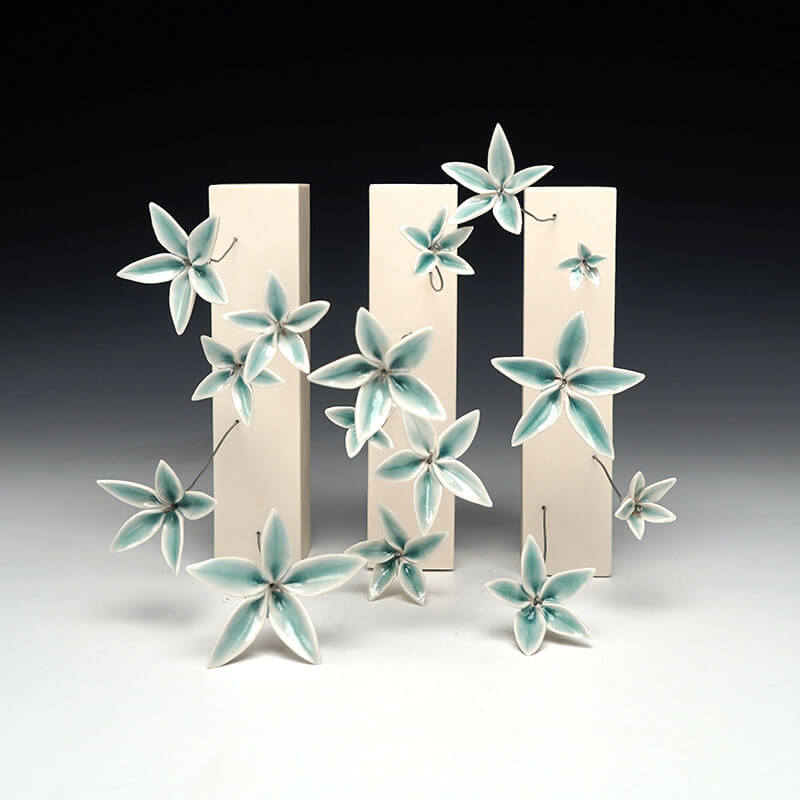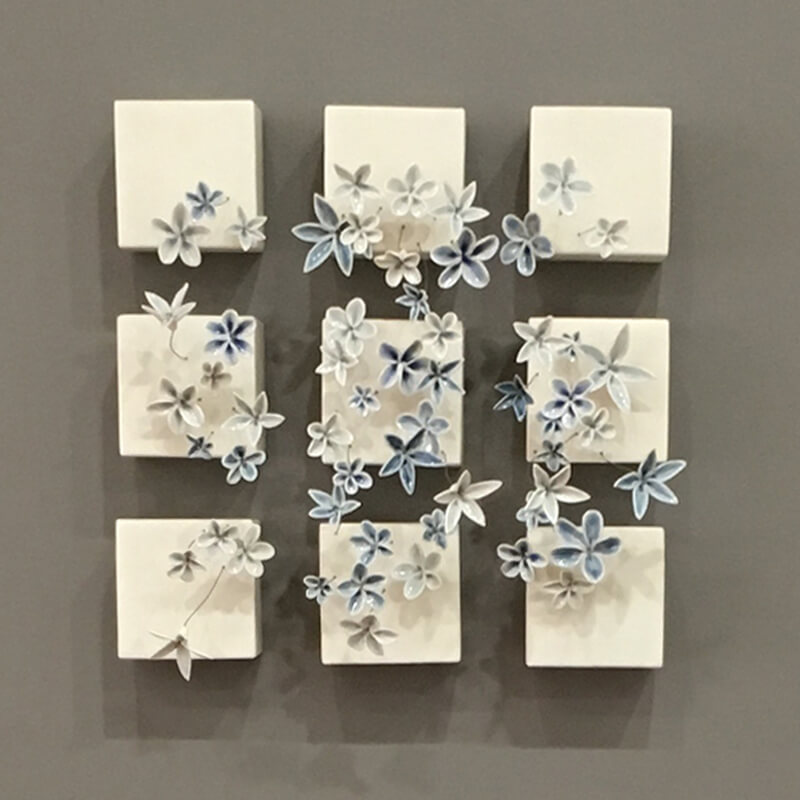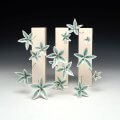
Jessica Knapp received a BFA in Crafts with a Ceramics Specialization and a BA in English: Professional Writing from Kutztown University and an MFA in Ceramics from the University of Colorado, Boulder, where she also taught and assisted ceramics classes. After teaching ceramics at Mesa College and working as a resident artist at San Diego State University, she completed a nearly two-year residency at the Zentrum Für Keramik in Berlin, Germany, funded by a German Chancellor Fellowship awarded by the Alexander von Humboldt Foundation.
She relocated from Berlin to Ohio where she taught ceramics at Denison University as a visiting professor and then served on the editorial staff at Ceramics Monthly and Pottery Making Illustrated magazines for fifteen years, including eight years as editor for Ceramics Monthly and associate editor for Pottery Making Illustrated. She currently holds the position of Senior Editor at the Wexner Center for the Arts at the Ohio State University, where she primarily works with the Exhibitions and Learning & Public Practice departments.
Knapp has maintained a studio practice throughout her career. In addition to a solo exhibition in Berlin, her work has been included in numerous two-person and group exhibitions in the US and internationally.
I find histories—both material and cultural/social/geographical histories—to be strong sources of inspiration for my work. The history of how porcelain was developed in Europe in the early 1700s in an attempt to reproduce imported porcelain from China, the high value that it was assigned (it was known as white gold) and the way that the aura, as well as the material’s actual usefulness, persists to this day, are fascinating and provide rich source material for me.
The familiarity that most people have with porcelain, along with the meanings we ascribe to it—as a symbol of cleanliness, purity, refinement, rarity, permanence, delicacy and wealth—provide an interesting way for me to delve into a subject and to share it with an audience. I use the material familiarity, and both beauty and humor as tools to engage an audience. Approaching concepts, subjects, and histories in this way becomes a positive collaboration with the audience, as I and look at and try to understand a historical event and how it shaped the landscape or culture today, or a subject (like resource consumption) that has great emotional, cultural, and economic complexity.
The works that I make are visual poems that explore an idea or subject, try to reflect on it, and remain open and hopeful. The rich symbolism and allure, and cultural complexity associated with porcelain provides me with opportunities to explore, map out, and respond to other histories as well, personal or universal; histories that are not easily described by words alone due to the intense emotion that surrounds them. I create objects and installations, many of which could be described as abstracted layered maps, combining political boundaries with a tracking of people’s voluntary or involuntary movement and reaction to these boundaries, my own emotional response to the particulars of the history I am researching, and in some cases the responses of viewers, whom I want to engage in a dialog.








